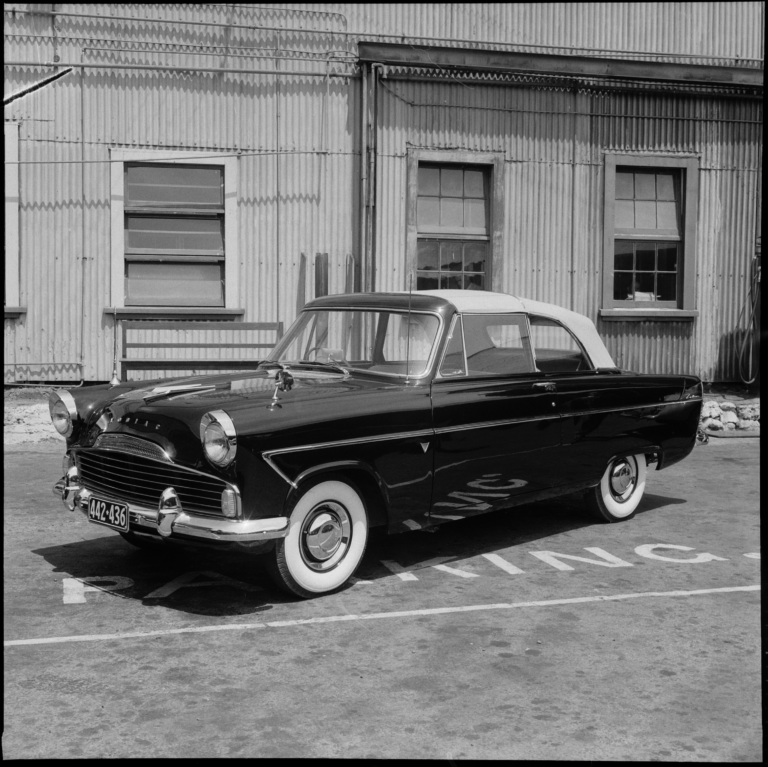Twelve-year-old boys are highly impressionable. With the parameters and perceptions of adulthood still some years off, if presented with anything that dazzles them, they are ripe to soak up associated kaleidoscopes of sound and images, and such momentous events can become lifelong addictions.

The 1968 New Zealand Grand Prix was only the second motor-racing event Gerard Richards attended — he had just turned 12. By the time he returned home that evening, the world would never be quite the same again.
Grab your copy of the February issue of New Zealand Classic Car (Issue No. 314) to read this Gerard’s enchanting audio journey.



